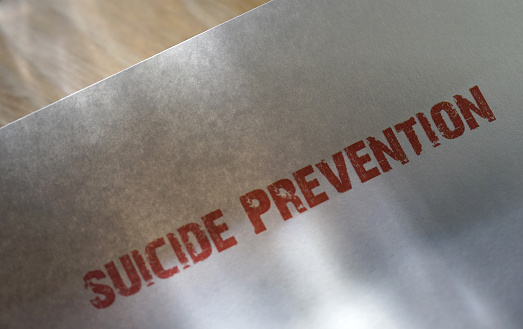New Study Sheds Light on Seasonal Changes in Suicide Risk
Researchers investigate the lag time between suicidal thoughts and suicide attempts
If you ask the average layperson what time of year has the most deaths by suicide, they would probably guess the winter months. But as mental health professionals and suicide prevention advocates have long known, that seemingly intuitive answer is actually false. Suicide peaks in the spring, with April, May, and June being the deadliest months in the United States and across the Northern Hemisphere.
What is not as well understood is why the spring months have so many deaths by suicide. However, a new study published in Translational Psychiatry has attempted to get to the root of this tendency. Researchers found that while suicidal thoughts do indeed peak in the winter (as many would guess), there is a lag period of several months between the peak of suicidal thoughts and the peak of suicide attempts.
Researchers from Harvard University, the University of Nottingham, and the University of Amsterdam reviewed responses from patients in the United States, Canada, and the United Kingdom who completed questionnaires and tasks about their moods and thoughts of suicide and self-harm over a period of six years. The study results revealed that explicit suicidal thoughts peaked in December and implicit thoughts of self-harm were at the highest level in February, months before actual suicide attempts reach their peak in the spring.
Study authors investigated the reasons for the lag between suicidal thoughts and suicide attempts
The reasons for this lag period are complex and still not perfectly understood, but the study authors noted that people who are deep in the throes of severe seasonal depression, while they may have thoughts of suicide, may not have the energy to actually plan and carry out a suicide attempt. As mood improves somewhat in the spring, many individuals enter a danger zone where suicidal thoughts are still present, but they also have enough energy to attempt suicide.
Dr. Brian O’Shea, the University of Nottingham professor who led the study, put it this way: “Our research shows that suicidal thoughts and mood are the worst in December and the best in June. Between these two points, there is a heightened risk of suicidal behaviour, and we feel this is occurring because the gradual improvements in their mood and energy may enable them to plan and engage in a suicide attempt.”
Researchers drew an analogy between this tendency and the well-known suicide risks in the first month after a patient starts taking antidepressants, as the medication brings the patient’s mood just high enough to enter that same danger zone — although they were quick to note that the seasonal effect is much weaker than the medication effect.
Researchers also speculated that increased engagement in outdoor activities during springtime may play a role. Again, outdoor activities, in general, are not a cause of suicidality, but when someone who is emerging from a difficult winter and already having thoughts of suicide sees others engaged in outdoor activities and perceives that they are much happier or more satisfied in life, this comparison may increase the risk of suicide.
Healthcare professionals need to take these tendencies into account when treating at-risk patients
The results of this study speak to a larger truth about suicide risk: just because someone appears to be getting better does not mean that they are out of danger. In fact, the period when someone first starts to get better may be precisely when the risk is highest. The study results also indicate that this dangerous period is finite, and if the person can be kept safe during that time, their risk of suicide can decrease. In short, death by suicide is not inevitable; it is preventable with the right interventions and safety protocols during the period of highest risk.
If you have lost a loved one to suicide completion, we would be honored to listen to your story and explain your family’s rights and options. The Law Offices of Skip Simpson is based in Texas but serves families throughout the United States. Give us a call or contact us online for a free, confidential consultation.














